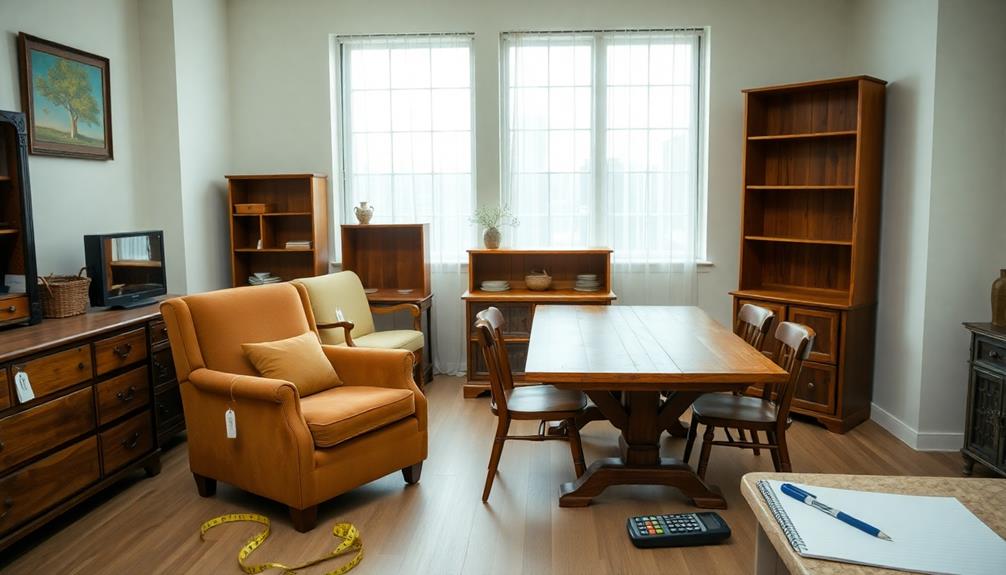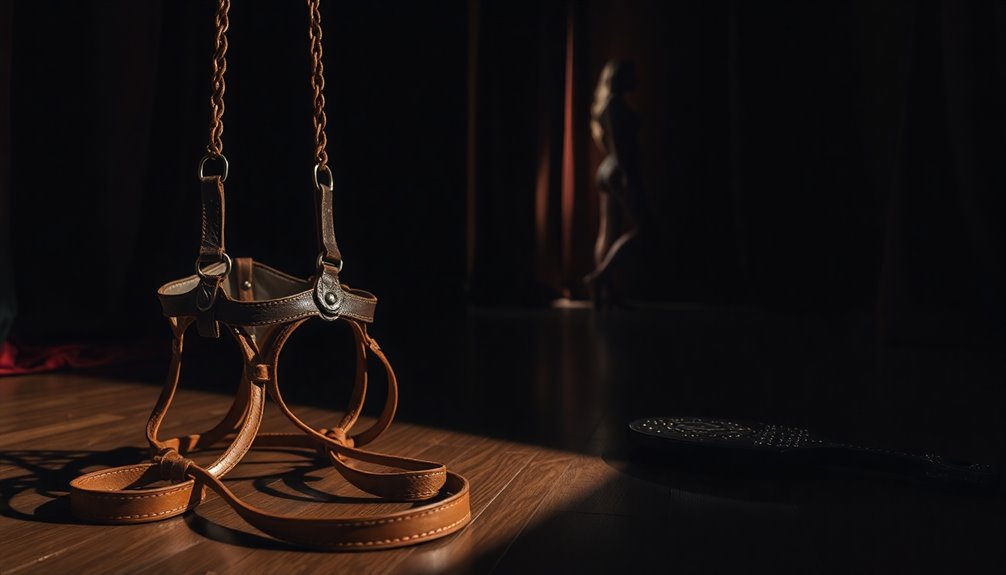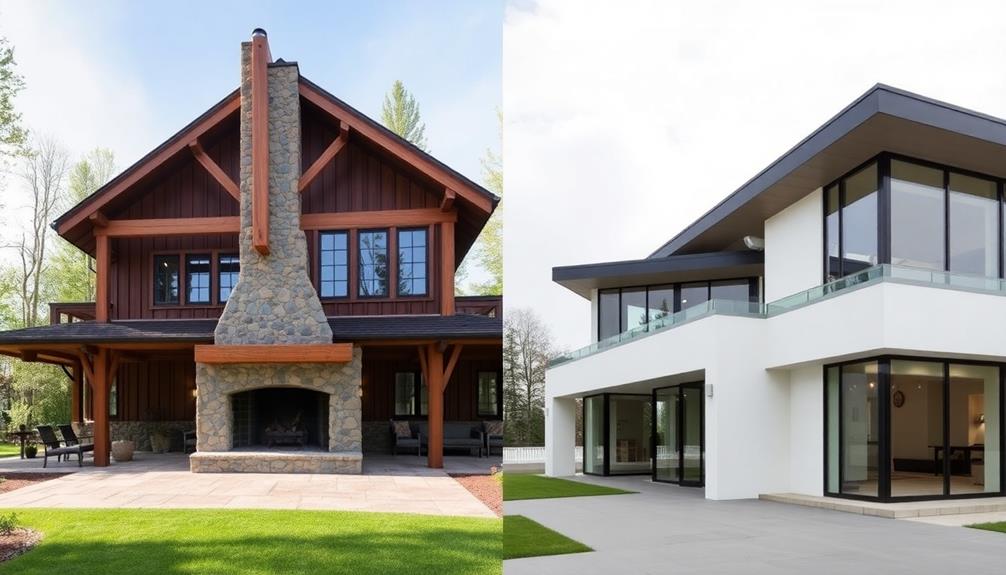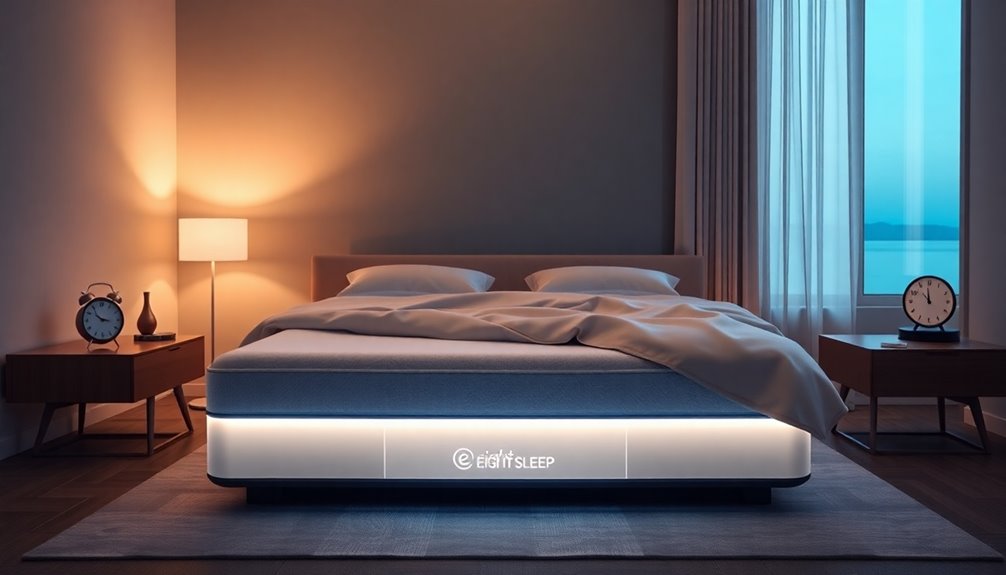To determine the value of pre-owned furniture, begin by assessing its condition and taking into account the current market demand. Typically, you can price items in like-new condition at around 50% of the original price. For high-quality, brand-name pieces, target a range of 50-70%. It’s recommended to research local listings to understand the prevailing prices. Remember to keep records of any repairs made and the initial purchase price to establish credibility with buyers. Stay open to negotiations and set a minimum acceptable price before starting discussions. Presenting your furniture well can help attract potential buyers. You may discover additional useful tips and techniques to improve your selling experience.
Key Takeaways
- Assess the condition of the furniture honestly, as it significantly impacts value and buyer trust.
- Research local listings for similar items to determine competitive pricing and demand.
- Start pricing at 50-70% of the original purchase price for nearly-new or quality items.
- Establish a minimum acceptable price and set the asking price 10-20% higher for negotiation flexibility.
- Utilize online marketplaces and local options to reach a wider audience for selling.
Valuation Methods
When pricing used furniture, understanding valuation methods is key to setting the right price. One common approach is the cost-to-retail markup, which usually falls between 2.5% and 2.75%. This percentage depends on the item's condition and current market demand.
A practical starting point for pricing nearly-new furniture is to set it at around 50% of the original price. This strategy often attracts buyers who seek quality pieces without breaking the bank. Additionally, consider the concept of diversification when pricing multiple items, as bundling can increase perceived value for buyers.
The condition of your furniture considerably impacts its value. Items in near-perfect shape can command higher prices, while those with noticeable wear might need substantial price reductions.
To aid your valuation, consider using online tools for quick estimates, but remember to adjust based on the buyer's familiarity with the item and their willingness to purchase.
Documenting the original purchase price and any repairs can enhance your credibility and justify your pricing rationale. This transparency builds trust with potential buyers, making it easier to achieve a fair price when selling used furniture.
Pricing Strategies
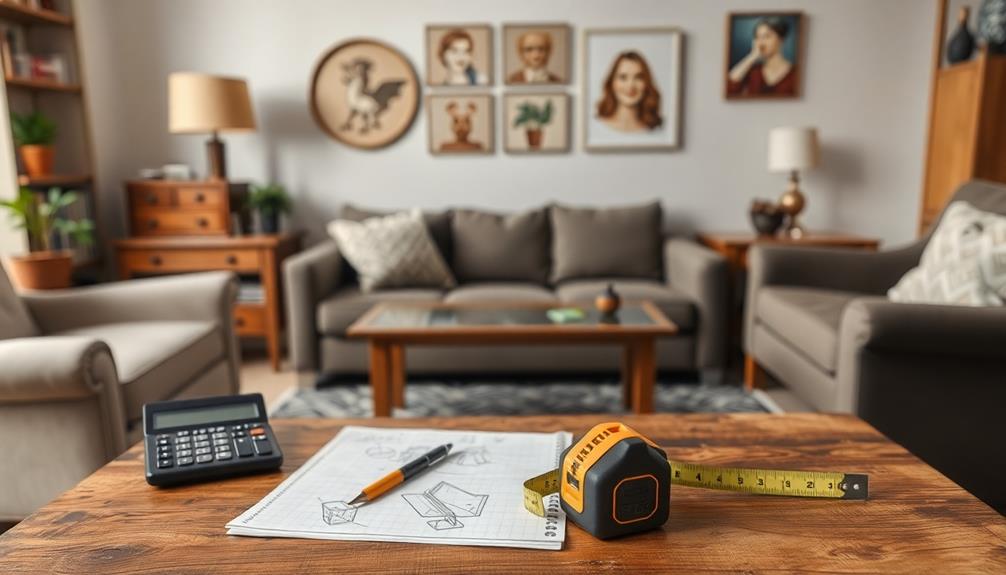
When you're pricing used furniture, start by considering the initial price based on its original cost and condition.
Additionally, it's wise to research protecting your investments to guarantee you're making informed decisions.
Stay flexible with negotiations to attract buyers, and keep an eye on market demand to adjust your pricing accordingly.
Starting Price Considerations
Setting the right starting price for your used furniture is essential for attracting buyers while guaranteeing you get a fair return. A good rule of thumb is to set the asking price for quality, name-brand items at 50-70% of the original purchase price. If your furniture is nearly new, starting at 50% of the original retail price is generally accepted.
Additionally, consider exploring top platforms for selling your furniture, as they can provide valuable insights into pricing trends.
For quicker sales, consider pricing used furniture at 25-30% of the original cost, particularly if it shows signs of wear. When determining your price, take into account the condition of your items. You might reduce the asking price by 20-30% for furniture in excellent condition and 30% or more for pieces with noticeable damage.
Before listing your items, establish a clear minimum acceptable price. This will help guide your pricing strategy and guarantee you don't settle for less than you're comfortable with.
Negotiation Flexibility
To successfully navigate negotiations, you need to be flexible with your pricing strategies. Start by establishing your lowest acceptable price before negotiations begin. This clarity will help you maintain confidence during the selling process.
Set your asking price 10-20% higher than your desired selling price; this gives you room to negotiate and encourages buyer engagement. Be open to lower offers, as buyers often expect to negotiate. This mindset can facilitate a quicker sale.
If you notice similar listings priced higher, consider how this affects your negotiation flexibility. You might want to adjust your strategy based on buyer interest and market conditions.
Additionally, think about bundling items together. This can create perceived value and attract buyers interested in multiple pieces. By offering packages, you increase the appeal of your items while still leaving room for negotiation.
Market Demand Impact
Understanding how market demand influences pricing can greatly enhance your selling strategy. When you recognize the ebb and flow of buyer preferences, you can adjust your pricing accordingly. High-demand items often retain their value better, allowing you to set higher prices. Conversely, furniture that falls out of favor may require deeper discounts to attract buyers.
Seasonal trends play a significant role, too. For instance, you might notice that spring and summer bring increased buyer interest, which is a perfect time to elevate your prices.
Consulting local market trends is vital. Use platforms like Craigslist to gauge what's selling well in your area.
Here's a quick overview of how various factors impact pricing:
| Demand Level | Pricing Strategy |
|---|---|
| High Demand | Premium pricing |
| Moderate Demand | Competitive pricing |
| Low Demand | Discounted pricing |
| Seasonal High | Price increase |
| Vintage/Brand Value | Premium pricing |
Market Research
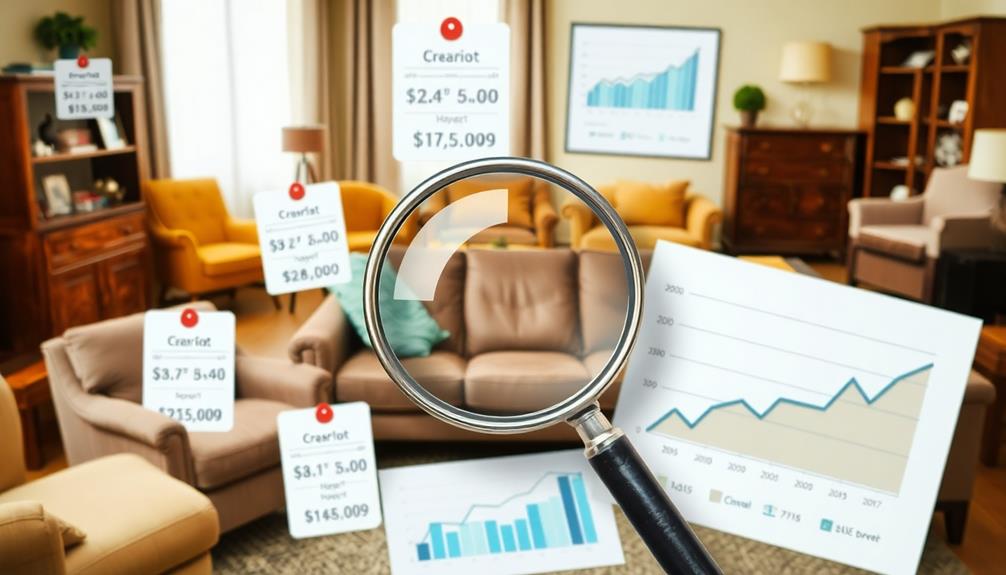
When pricing used furniture, conducting thorough market research is essential. Start by investigating local online listings for similar items. Check platforms like Craigslist, Facebook Marketplace, or OfferUp to gauge competitive pricing in your area. This will help you understand what buyers are willing to pay for furniture like yours.
Next, utilize furniture valuation guides and online tools to establish price ranges based on current market trends and the condition of your item. Compare 4-5 similar pieces to identify average pricing and demand for specific brands or styles in your locality.
Typically, used furniture sells for 20-50% of the original retail price, but well-maintained items can fetch higher resale values.
Keep an eye on seasonal trends, as they can greatly affect buyer interest. For instance, spring might be a great time to sell furniture, while winter might see a drop in demand.
Emotional Factors
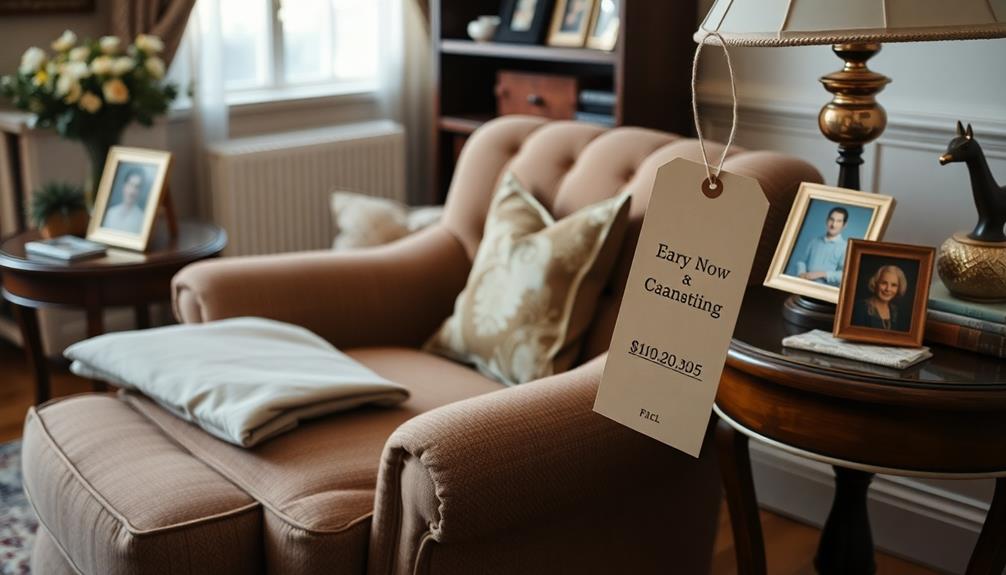
Emotional factors can considerably impact your pricing decisions when selling used furniture. If you've got strong emotional attachment to an item, it can be tempting to overvalue it. This often happens when personal significance clouds your judgment, making it harder to set a realistic price based on market realities.
If your goal is decluttering, though, being clear about your intent to sell quickly can help you adopt a more pragmatic approach.
Your emotional readiness to part with items plays a significant role in your flexibility in pricing. If you're more detached, you're likely to negotiate more openly. In contrast, if you're attached to a piece, you might find it challenging to accept lower offers.
Additionally, consider the relationship with potential buyers; if they're friends or family, goodwill pricing may kick in, leading you to accept lower offers than you'd prefer.
Ultimately, focusing on decluttering instead of maximizing profit can lead to more practical pricing strategies. Aligning your prices with market demand will facilitate a smoother sale, helping you clear that space while letting go of emotional ties.
Practical Considerations
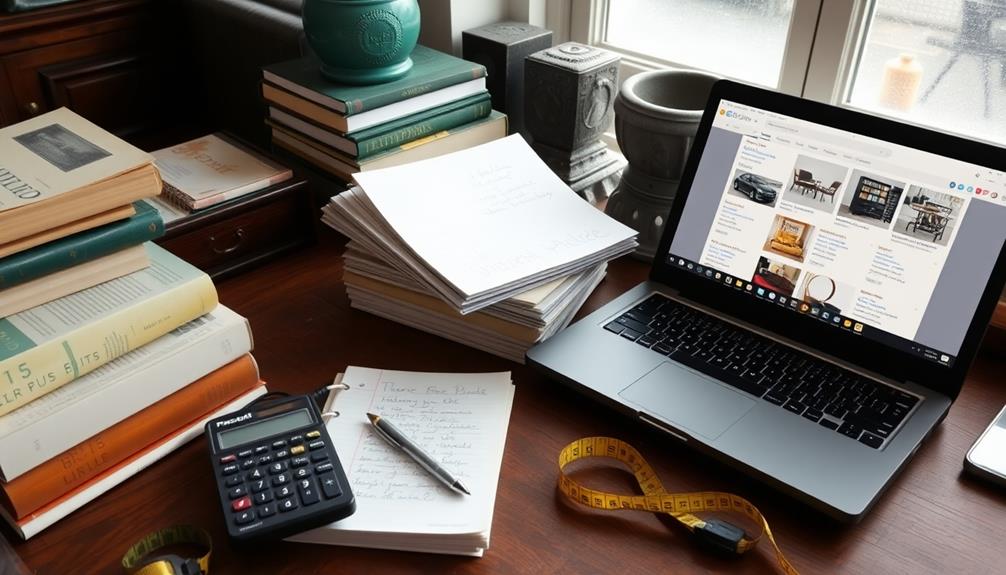
Selling used furniture involves practical considerations that can greatly influence your success. First, verify all items are in good condition and presented well. Cleanliness enhances appeal and can elevate perceived value for potential buyers.
Next, document the original sale price of your items. This information supports your pricing rationale and helps buyers understand the value they're getting.
It's vital to clarify pickup requirements in your listings since the buyer is responsible for moving and removing items. Be upfront about any associated costs, as this helps set clear expectations.
Additionally, be prepared for an immediate sale; holding onto furniture for too long can decrease interest and urgency. Pricing your items competitively and offering flexible pick-up options can help you sell them faster. Utilizing local online marketplaces or social media groups is an excellent strategy to sell furniture quickly in your area, as it targets potential buyers nearby. Remember to take clear, high-quality photos to generate more interest from shoppers.
Transparency is key when selling furniture. Make certain to inform buyers about the item's condition, including any damages or repairs. This honesty fosters trust and minimizes misunderstandings during negotiations.
By keeping these practical considerations in mind, you'll not only set yourself up for a smoother selling process but also increase your chances of a successful transaction.
Selling Platforms
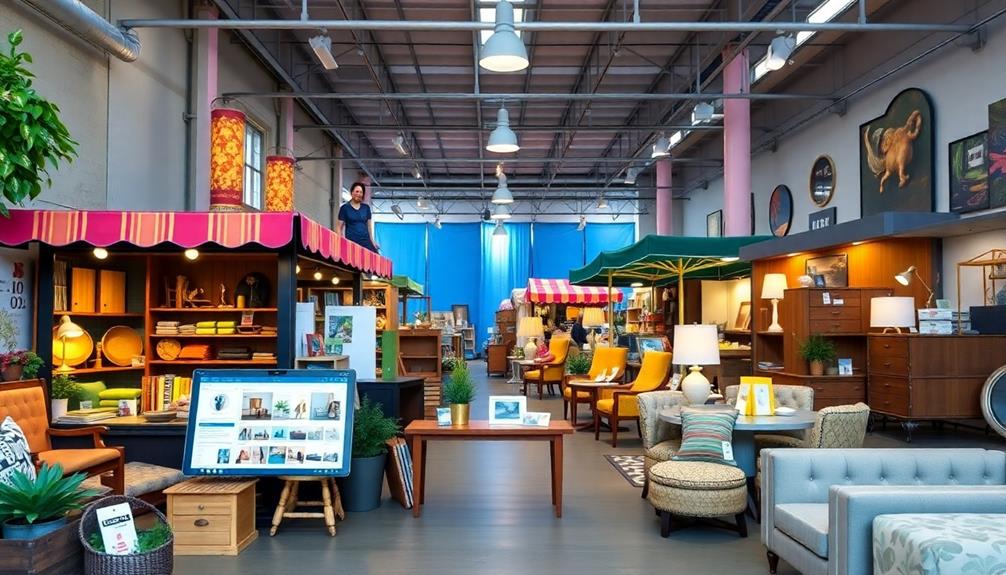
Finding the right selling platform can make all the difference in your furniture sale, as various options cater to different audiences and needs.
Online marketplaces like Craigslist, Facebook Marketplace, and OfferUp are excellent choices for reaching a wider audience and facilitating local transactions without shipping costs. These selling platforms enable you to connect directly with buyers in your area who might be interested in your items.
If you've got high-value or vintage furniture, consider specialized platforms like Chairish or 1stdibs. These sites attract targeted buyers willing to pay premium prices, ensuring you get the best return on your investment.
Local consignment shops also offer an alternative; they display your items in a retail environment, though they usually take a commission from sales.
For quick, hassle-free sales, tap into community bulletin boards or social media groups that connect you with local buyers.
Finally, if you're looking to declutter rapidly, hosting a garage sale can generate immediate cash flow while helping you clear out your space.
No matter which selling platform you choose, each option has unique benefits tailored to different needs.
Negotiation Techniques

When negotiating the sale of used furniture, it's crucial to approach the conversation with a clear strategy. Start by establishing your lowest acceptable price before negotiations begin. This keeps you confident and focused during the bargaining process.
Set your initial asking price 10-20% higher than your target price. This gives you room to negotiate, making it easier to sell your furniture while still achieving a satisfactory price.
Be open to reasonable offers; flexibility can lead to a quicker sale and create goodwill with potential buyers. If you have good items that people want, this can work in your favor.
Clearly communicate any moving expenses or logistics involved in the sale to avoid misunderstandings. This transparency fosters smoother negotiations.
Use market research to justify your pricing. Show evidence of similar items and their sale prices to support your asking price. This not only strengthens your position but also helps buyers understand the value of what you're selling.
Frequently Asked Questions
How Do I Estimate the Value of My Furniture?
To estimate your furniture's value, start with its original price, apply depreciation, and research similar items online. Consider its condition, brand reputation, and document details with quality photos to enhance your assessment.
How Do You Put Value on Old Furniture?
Did you know that antique furniture can appreciate by over 300%? To value old furniture, assess its condition, research comparable items, and consider historical significance. Transparency about its history builds buyer trust and enhances perceived value.
How Do You Price Used Items?
To price used items, start by researching similar listings and evaluating their condition. Adjust for depreciation and local demand. Set your asking price slightly higher to allow for negotiation while establishing your minimum acceptable price.
How to Make Money From Second Hand Furniture?
Turning second-hand furniture into cash's like finding hidden treasure. Clean and repair your pieces, showcase them with stunning photos, bundle items, and use local platforms. Negotiate wisely, and watch your profits grow!
Conclusion
In the dance of pricing used furniture, remember to balance value with market rhythms. You've gathered insights and strategies, weaving them into a tapestry of considerations. As you step into negotiations, embrace the art of flexibility, letting emotions guide you like a gentle breeze. With the right platform, your pieces can find new homes, breathing life into spaces once again. Trust your instincts, and soon you'll turn your furniture into treasure, resonating with those who appreciate its story.
